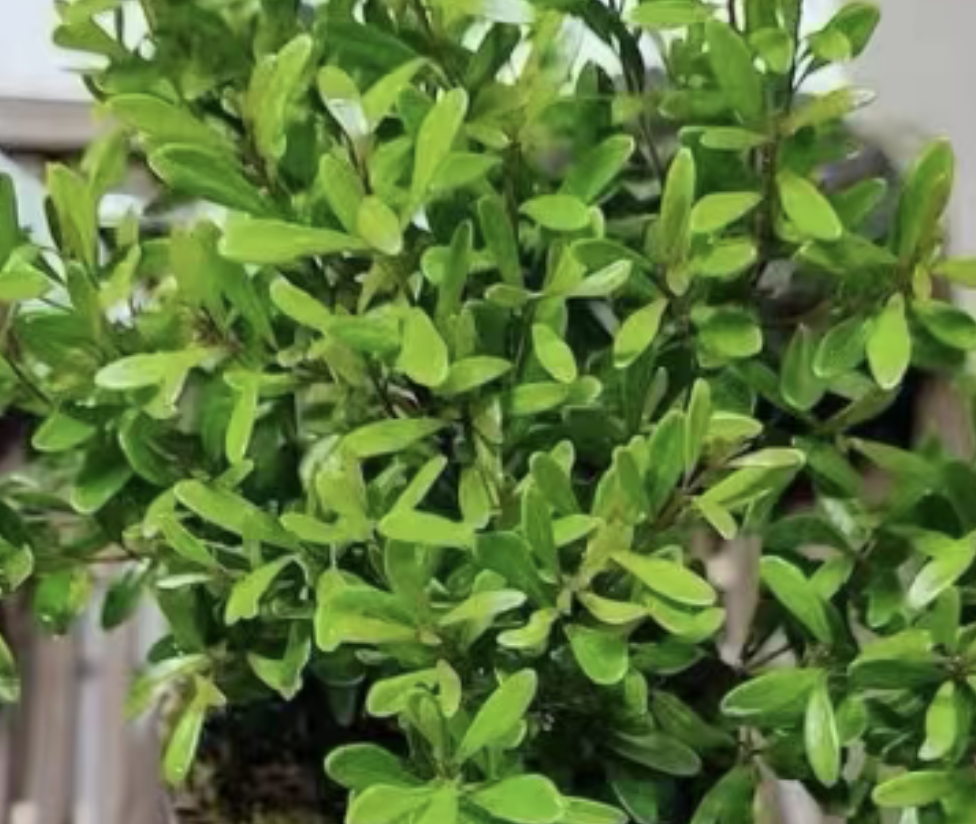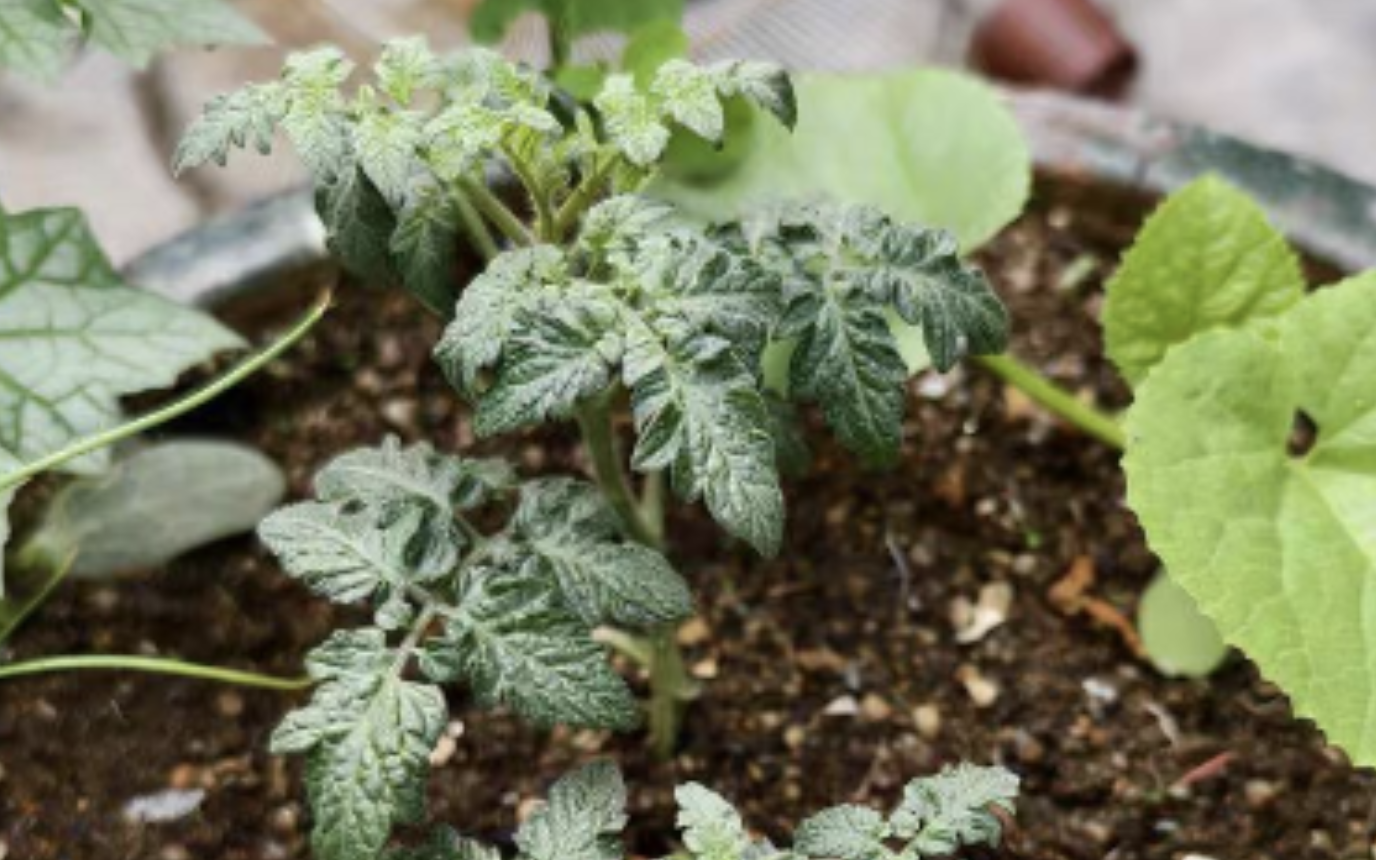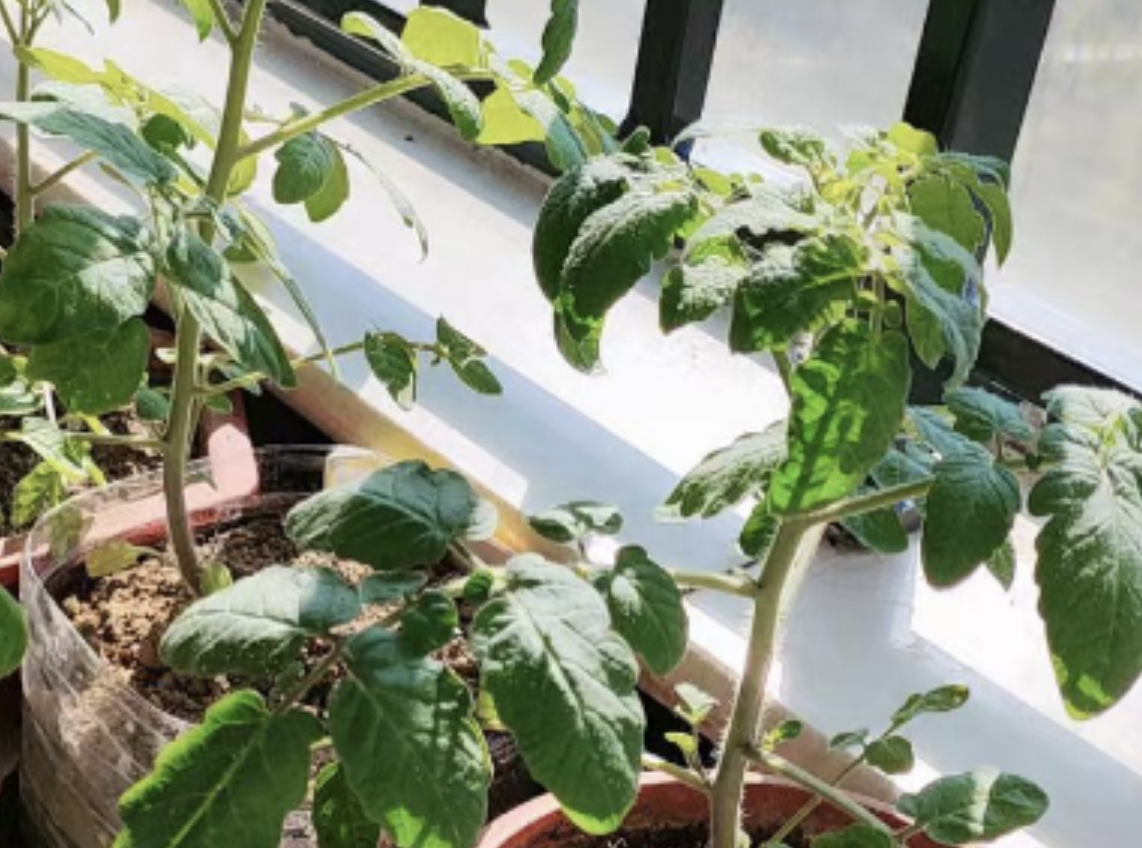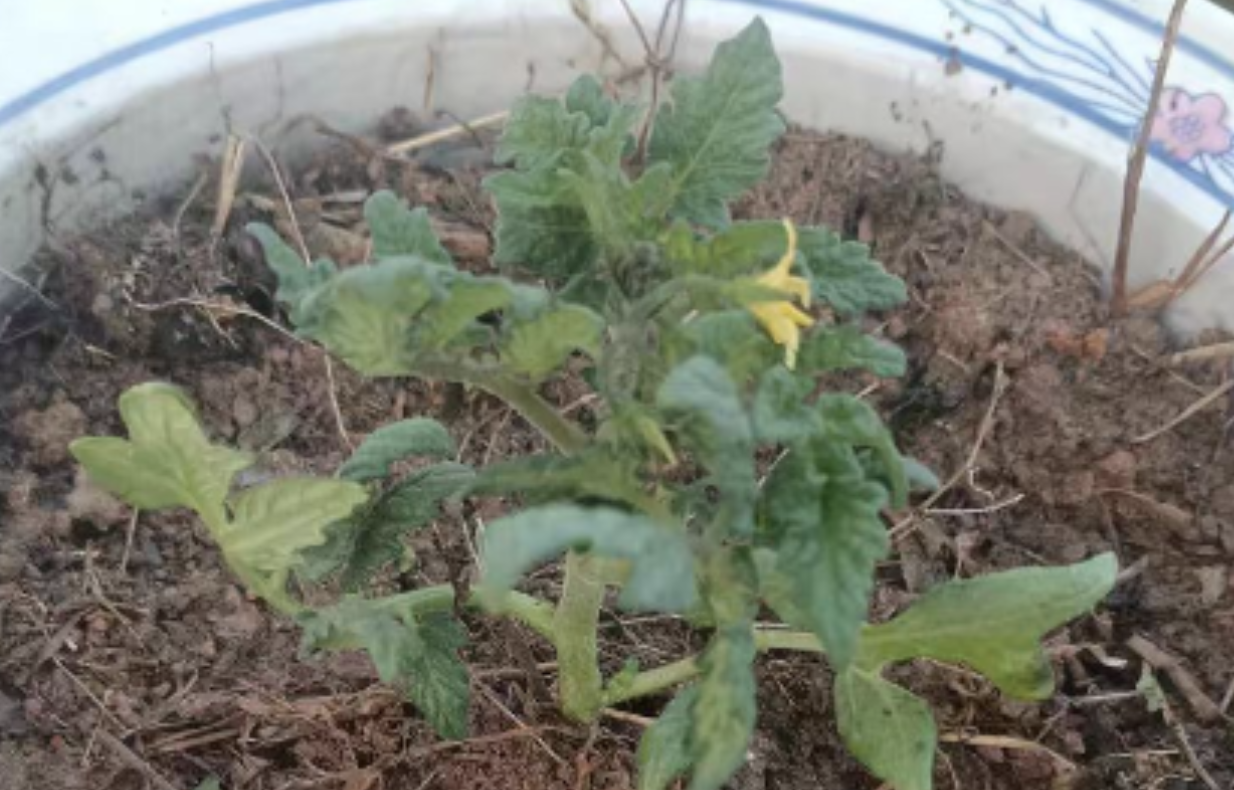Is your small-leafed camphor tree looking a bit "droopy" lately? Maybe the leaves have spots, the branches are moldy, or the whole plant is wilting. Chances are, it’s suffering from a common disease. Today, let's talk about the 3 most common diseases that affect small-leafed camphor trees, how to identify them, and how to fix them.

The first and most common one is leaf spot disease.
This disease is easy to recognize. At first, small brown spots appear on the leaves, even smaller than sesame seeds, and you might not notice them unless you look closely. As the disease progresses, these spots merge into irregular, larger patches, and the leaves slowly turn yellow, dry out, and eventually fall off when touched. This disease is usually more common in summer and autumn, especially when water splashes onto the leaves during watering, or when the potting soil is constantly damp and lacks ventilation, making it easier for fungi to thrive.
To tackle leaf spot disease, don’t panic. Start by removing all the affected leaves. Afterward, clean the scissors with alcohol to avoid spreading the infection to other branches. Then, mix some fungicide (like Mancozeb) with water according to the instructions, and spray both the top and bottom of the leaves and the surface of the soil. Spray every 5 days for 3 times to control the disease. Also, avoid watering the leaves, and place the plant in a well-ventilated spot, like a balcony or windowsill, so the leaves dry quickly and reduce the chance of infection.
The second is root rot.
This disease is more hidden than leaf spot disease, and by the time you notice it, the roots are often already badly rotted. How do you tell? If the leaves suddenly start wilting and don’t revive after watering, and if the leaves fall off even though the soil hasn’t dried out, check the roots. If they are black, slimy, and smell bad, chances are it’s root rot. This is mostly caused by overwatering, water accumulation in the soil, or using non-breathable clay soil, which causes the roots to "suffocate."
To treat root rot, you need to be a bit more aggressive. First, remove the plant from the pot and rinse off the soil with clean water. Trim off all the rotten, black roots until you expose the healthy white roots. Then, soak the roots in a Mancozeb solution for 15 minutes, remove the plant, and let it dry in a well-ventilated area for at least a day (don’t expose it to direct sunlight). After that, repot it in a new pot with loose, well-draining soil (such as a mix of leaf mold and river sand). Water it once to help it establish roots, and afterward, keep the soil slightly dry until new leaves start sprouting, then resume regular watering.
The third is powdery mildew.
Although it’s not as common as the first two diseases, it’s quite annoying when it does occur. A white powdery layer will appear on the leaves and young branches, like it’s been dusted with flour. You can wipe it off with your hand, but the problem worsens the more you do it. Later, the powder turns gray, the leaves become curled and deformed, and new branches grow thin and weak. This disease usually happens in spring and autumn, when temperatures range from 15-25°C, and the air is humid, such as when the plant is placed on a closed balcony with insufficient sunlight and frequent misting, which encourages powdery mildew fungi.
Treating powdery mildew is simple. First, remove the affected leaves and branches, but don’t leave them in the pot. Then, mix Methyl Thiophanate (or a similar fungicide) with water and spray it onto the underside of the leaves and the young branches. Spray once every 7 days for 2-3 times, and it should clear up. To prevent future outbreaks, make sure the camphor tree gets plenty of sunlight, ideally at least 3 hours of indirect light each day, and avoid keeping it in a stuffy environment. Good air circulation will prevent powdery mildew from taking hold.
In fact, most of the diseases that affect small-leafed camphor trees are caused by improper care, such as overwatering, insufficient ventilation, and lack of sunlight, which create an ideal environment for fungi and bacteria.
Regularly observe your plant, and if you notice any unusual changes in the leaves, take action immediately. Don’t wait for small problems to turn into bigger ones.




Leave a Reply